
Geek Speak with Lyle Troxell
Lyle Troxell & The Geeks
A weekly talk show about technology, science, and human creativity that excites, educates, and fosters curiosity. Discussions touch upon how technology affects society and how we react to that change. Hosts are passionate about explaining complex concepts in simple, easy to digest, chunks. We bridge the gaps between Geeks and the rest of humanity.
- 1 hour 25 minutesLarge Language Models and Human Minds
Most people say LLM are just language prediction systems… but how do human minds work comparatively? Can ChatGPT think, understand, or comprehend? Can you?
It’s been a while since Ben, Brian, and Lyle geeked out… join us.6 June 2023, 7:05 am - 28 minutes 18 secondsTech News and Non Woo Meditation
NFT insider trading, tech experts urge to resist Crypto industry influences, larges plant is a Sea Grass in Australia, Safari is popular, Microsoft Excel reduces remote data types – and Lyle’s hot take on meditation.
- U.S. charges OpenSea ex-employee in first NFT insider trading case | Reuters
- Tech Experts Urge Washington To Resist Crypto Industry's Influence - Slashdot
- The World's Largest Plant Is a Self-Cloning Sea Grass in Australia - Slashdot
- New data shows only two browsers with more than 1 billion users | Ars Technica
- Microsoft is killing Money in Excel along with Wolfram Alpha data types
- Samsung To Close LCD Business - Slashdot
- Question your Perception episode with Ben Jaffe on Lunch with Lyle
- Muller-Lyer Illusion: Optical Illusions in Psychology
- The True Purpose of Mindfulness
1 June 2022, 10:00 pm - 1 hour 10 minutesDelegate, Automate, Concentrate
Quincy Larson is founder and CEO of the non-profit software school freeCodeCamp, where anyone can go and lear to program for free. Quincy is making real change in the world.
This episode was recorded for my podcast Lunch with Lyle
- Quincy mentioned two corses on freeCodeCamp
19 January 2022, 7:35 am - 52 minutes 43 secondsThe Software Arts: Algorithm - Arithmetic
Professor Warren Sack joins me to speak about the history of Algorithm, including Donald Knuth – Art of Computer Programing, Five Axioms of Algorithms, and When Computers Were Human.
This is Part 1 of 2 on Algorithm.
4 January 2022, 8:29 am - 37 minutes 23 secondsLasers for listening and seeing, music production, and recycling
In this non-edited episode of GeekSpeak Lyle calls Ben impromptu to chat about using lasers for listening to rooms remotely, lasers being used to view into rooms, Ben’s recent focus on Music Production, and finally a story about California being better about communicating recycling possibilities on packaging.
16 September 2021, 6:38 pm - 22 minutes 51 secondsInternal Company Podcasts, Some Thoughts
Due to the popularity of the WeAreNetflix podcast I am contacted a bit about my thoughts on company podcasts. The WeAreNetflix podcast started off based on an internal only podcast that Michael Paulson and I started as a hack-day project.
This episode is 20min of me talking about company internal podcasts. Feel free to ask me questions about this episode on twitter. -@lyle- Lower Street - an example podcast provider
One example of a company providing Private Podcast support – I have no affiliation.
- How To Launch A Private Podcast With Exclusive Access
- Episode with Michael Paulson - Engineering FlatBuffers Programing sans JSON
- WeAreNetflix Podcast
27 January 2021, 11:11 pm - Lower Street - an example podcast provider
- 53 minutes 9 secondsWildfire-Caused Water Contamination
The San Lorenzo Valley in Santa Cruz County has a partial Do Not Drink / Do Not Boil order in affect: is that order appropriate, what causes Wildfire water contamination, and what are good actions we as a community can take?
Our guest is Andrew J Whelton, Associate Professor of Civil Engineering and Environmental and Ecological Engineering at Purdue University.
Professor Whelton has studied two other Wildfires in California with water contamination and has some thoughts on our situation for the #CZULightningComplex
- Topics by Time
13:49 Water Utility vs State Responsibility
22:28 Can you smell VOCs
24:07 Danger Long Term vs Acute
25:11 Stuck in the Pipes?
26:28 SVOCs
27:18 Can we just flush the system?
29:47 If you lived here…
31:00 Activate Mutual Aid
31:47 Testing Issues – UCSC help?
34:13 When would you be less concerned
36:49 What changes should we make?
39:15 California level issue?
43:20 Take Aways
44:24 Home Water Treatment - Wildfire caused widespread drinking water distribution network contamination - Proctor - 2020 - AWWA Water Science - Wiley Online Library
- San Lorenzo Valley Water District
- Fire Response, How You Can Help – Community Foundation Santa Cruz County
- Listener Miles Z made some notes while listening - here they are:
In case of doubt, consult the interview, as I am not an expert. The notes are about in the same order as the interview. =miles=
Contamination and Testing/Monitoring
The state (CA) only requires the water district to test at the source of the water, i.e. where they start pumping it into the distribution system. The rest (downstream testing) is up to the water district.
Contamination can come from multiple sources, including backflow when the system becomes depressurized and air contaminated with smoke leaks into the pipes. It can also result from homes that were equipped with plastic pipes that burned. As well as the pipes we know about that burned, i.e. the 5 miles of HDPE pipe through the forest.
The monitoring tests that the water district routinely runs downstream are limited to only particular VOC’s (Volatile Organic Compounds) and are targeted at only those that might be produced by adding chlorine to the system. These less stringent tests are for THM’s (trihalomethanes) which are a form of VOC.
These tests are not adequate to certify the safety of water possibly contaminated from a fire (as described above).
In the Paradise fire, the State refused to take ultimate responsibility for certifying that the water is safe, saying it was up to the local district to do so. (but there are ways the district can reach out for qualified help, discussed below) It is unclear whether or not SLVWD realizes this yet.
Additionally, he said “there is nuance” regarding these DND/DNB orders, which I think means that experts disagree on what exactly they mean. (ndlr: good luck with that!)
“You have to test fast.” The 7-day turnaround and only 40 samples are woefully inadequate. They should be getting results within a day by utilizing more labs. Apparently the number of laboratories used is a key bottleneck.
VOC’s and SVOC’s
Benzene can come from burning brush or trees. This VOC (and others) prefer to be airborne, so washing vegetables or taking a shower could release them. Quantities that are toxic may be odorless, so don’t count on being able to detect them by smell.
Multiple contaminants can interact, which is one reason why thorough and rapid testing is essential.
SVOC’s (Semi-Volatile Organic Compounds) are larger and heavier, so they tend to stay in the water. They also collect in the body in fatty tissue, so the acceptable limits for safe exposure are lower than those for VOC’s.
Both VOC’s and SVOC’s can work their way into plastic pipes, so they are hard to get rid of. That’s not a problem with metal, but metal is more expensive.
The Water District can reach out for help
SLVWD can and should call in other agencies for “mutual aid” as the fire and PG&E crews are doing.
They really need to be taking 100-300 samples per week, and use multiple laboratories for effective turnaround. The current turnaround of 7 days is way too long.
The equipment required is a GCMS system (Gas Chromatograph Mass Spectrometer). UCSC probably has them, but (a) not the funding (which might be able to come from FEMA) and (b) are probably not certified by the state, though they still could be useful for preliminary results.
The current 40 samples will not be representative, and the conditions of the water can change at any time. Contaminants can flow from one place to another within the system.
Note that the State is responsible for providing emergency water if the local district cannot in an emergency.
Home Water Treatment
It’s possible to install a water treatment system for your own home. In general, this is not the best way to deal with the VOC/SVOC contamination for several reasons.
There is no official certification for these systems, and the company that sells them will typically run only a single test (for $250-300) which means they could easily misestimate the amount of actual contamination. This has actually happened in Paradise.
So what happens is that your insurance pays for it, then they’re done. So if it turns out the system is inadequate, you are on your own. In other words, the financial incentive is designed to create a potentially hazardous situation.
It’s much better for the water district to handle everything.
One measure Paradise implemented was requiring new homes to have backflow check valves (at $3000-$4000 a piece). Sometimes FEMA money can pay for these.
7 September 2020, 12:15 am - Topics by Time
- 57 minutes 28 seconds20 Years of Ubiquitous Rust
Dedi finds a wifi solution they like, Greg is on the road for the first time since the pandemic, Miles is playing with Rust, and Lyle is happy to have the Geeks virtually together to celebrate 20 years of hosting the show.
18 August 2020, 7:28 am - 48 minutes 18 secondsMotivations of Podcasting and Fretless Instruments
Ben Jaffe deciding to end his fantastic podcast Linear Digressions, Lyle celebrating 20 years hosting GeekSpeak, and geeking out on playing instruments that do not have “frets” like the Cello and Trombone.
11 August 2020, 1:30 am - 25 minutes 24 secondsVacation with Chainsaws, Motors, and Glasses
My vacation included fixing motors, accepting glasses, and milling redwood with chainsaws.
- My Replacement Fan Motor
- Thermal Fuse Cutoff
- New Thermostat Switch with "Firestat"
- Milling Redwood
Here are some pix from our milling.
The Logs: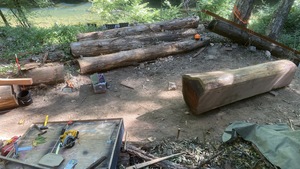
Me with my orange cap and our family friend Jack.
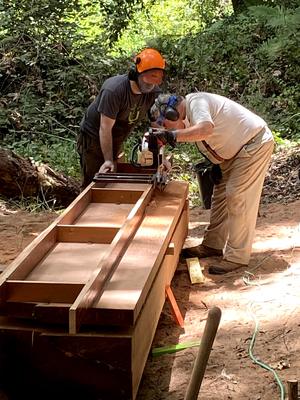
My wife Maggi finishing a log:
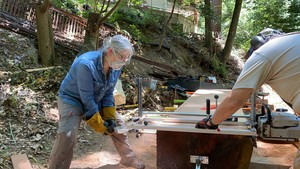
Samples of what we are making:
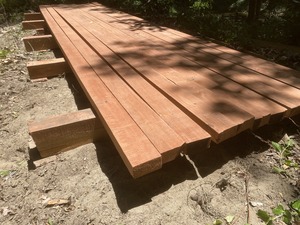
- I have Glasses
Here I am with new readers…. and a great scotch, I mean it was still vacation!
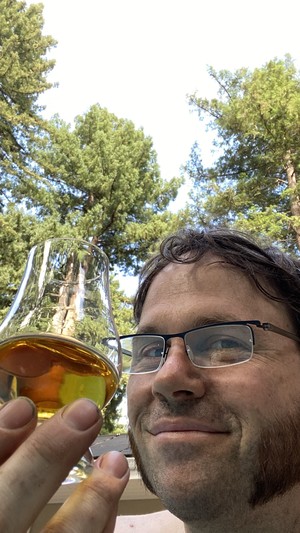
16 July 2020, 7:36 am - 53 minutes 39 secondsThe Software Arts: Language
Warren Sack is back for a conversation of the Natural and Institutional Language from the French Encyclopédistes, touching on The Wealth of Nations, Babbage, Lovelace, Donald Knuth, Information Theory, Work vs Work, James Prescott Joule, Functions & Operations and much more.
Learn why the true language of Software is not Physics.24 May 2020, 6:44 am - More Episodes? Get the App
- https://geekspeak.org/
- en-us
Your feedback is valuable to us. Should you encounter any bugs, glitches, lack of functionality or other problems, please email us on [email protected] or join Moon.FM Telegram Group where you can talk directly to the dev team who are happy to answer any queries.
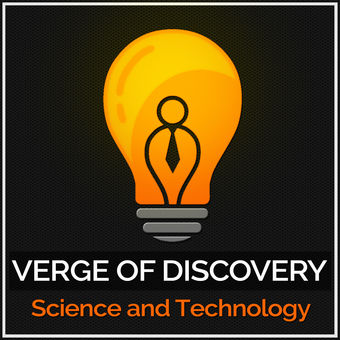 Verge of Discovery
Verge of Discovery
 Ask Doctor Dawn
Ask Doctor Dawn
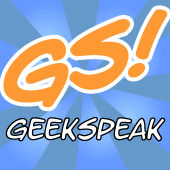 The Official Geek Speak Radio Podcast
The Official Geek Speak Radio Podcast
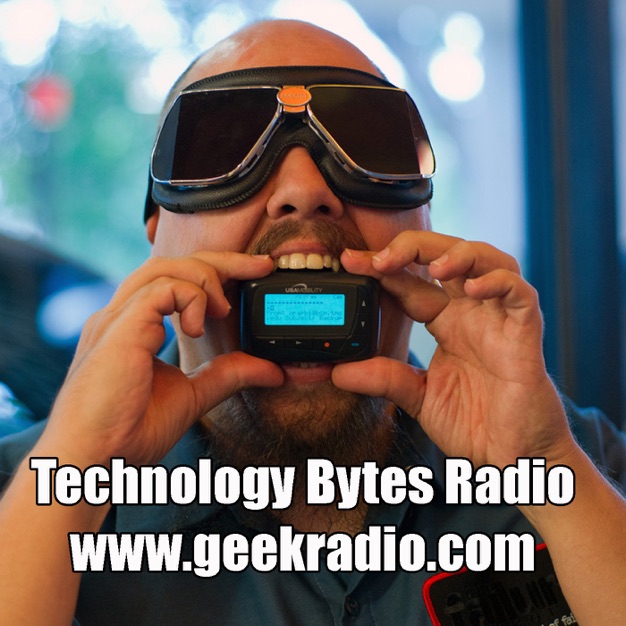 Technology Bytes » Podcast Feed
Technology Bytes » Podcast Feed
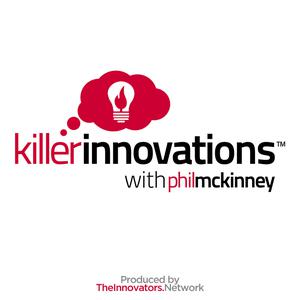 Killer Innovations with Phil McKinney - A Show About Ideas Creativity And Innovation
Killer Innovations with Phil McKinney - A Show About Ideas Creativity And Innovation
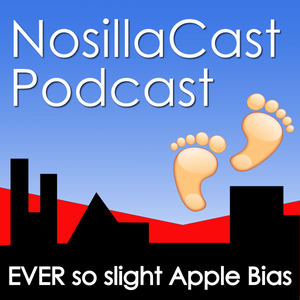 NosillaCast Apple Podcast
NosillaCast Apple Podcast